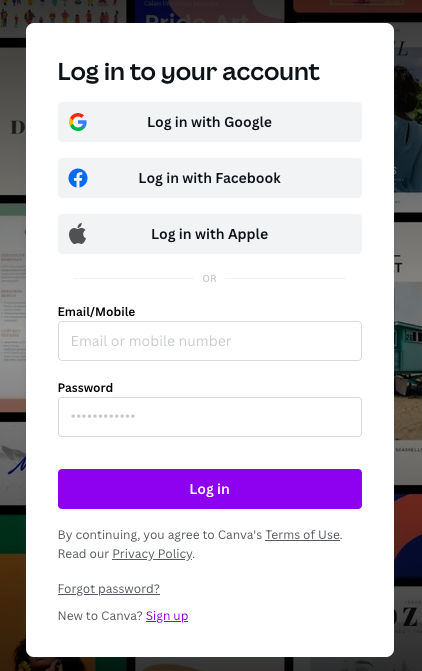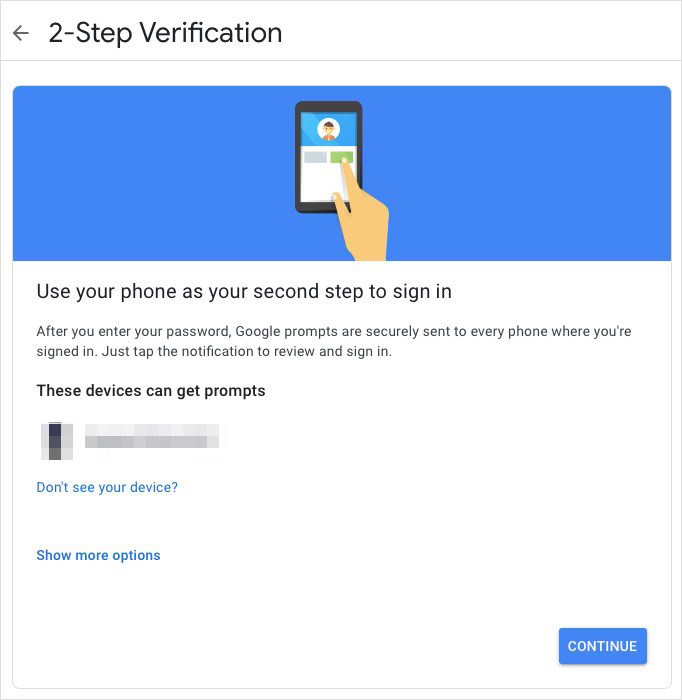Do you ever feel you have no control over your personal data, especially online?
You are not alone.
According to a 2019 study conducted by the Pew Research Center, an overwhelming majority of adult Americans (around 80%) don’t feel in control of their personal data. A similar percentage is concerned about the amount of information social media sites and marketers collect.
Nor are privacy concerns limited to the United States.
In 2020, Ipsos found that 70% of Indians were concerned about their online privacy. And the 2019 CIGI-Ipsos Global Survey on Internet Security and Trust revealed that eight in ten global citizens were more worried about their online privacy than they’d been a year before.
These surveys reveal what many of us already knew: keeping our data safe in the age of the internet feels like an uphill battle, one where simple citizens can’t keep up with tech giants.
But it doesn’t have to be that way.
While it’s true that more significant changes in privacy regulations will require States’ intervention, private users can still play a role in keeping their data safe.
In this article, we’ll talk about 4 simple, easy-to-implement habits that can help you increase your privacy without sacrificing your online presence (No, we won’t tell you to quit Facebook. Actually, we’d love to connect).
Ready?
1. Use Virtual Private Networks (VPNs)
VPNs can do way more than allow you to watch Hulu from Europe.
By hiding your IP address and encrypting your data, VPN software conceals your online identity, enabling you to surf the internet with added safeguards.
VPN is a must when using public Wi-Fi. That’s not to say that home users shouldn’t look into it: using VPNs prevents your internet service provider from accessing and selling your personal data.
Be careful, however, as not all VPNs are created equal. Some software has (euphemism alert) questionable privacy policies and sells their users’ data.
Invest in a paid VPN service, as they’re generally safer than free options, and don’t forget to read their privacy policy before signing up.
2. Stop Doing Social Log-In

Have you ever downloaded an app or visited a site that allowed you to register using your Facebook or Google ID?
And have you blissfully taken advantage of the opportunity?
If so, you’ve used social login – and you might want to stop.
We get it: social login makes life easier. No passwords to remember, and no time to waste creating a new profile. All good, in theory.
But in practice, when you use your social account ID to log into a third-party site or app, you end up sharing a significant amount of personal data – way more than you would if you created a new account.
That’s great for businesses and marketers (unsurprisingly, some recommend using social login as a CRO strategy). But it’s not so great for you, as it endangers your data sovereignty.
So if you care about maintaining a certain level of control over your personal data, you’re better get over your password fatigue and register for new apps or sites using your email.
3. Use two-factor authentication whenever possible.

In a way, two-factor authentication (2FA) is the opposite of social login. 2FA makes authentication harder by requiring users to enter two factors: their password and a second factor (usually a security token, but biometric data is also a popular option).
The process might seem complicated and tedious in a world that prizes speed and efficiency. Yet, it significantly improves online security.
With 2FA in place, hackers have a much harder time breaking into your account. They can no longer use your password, as it isn’t enough to log in: they’d need to gain access to your second factor, which is either very complicated (with security tokens) or borderline impossible (with biometric data).
So, opt for F2A whenever you get a chance. Invest a little of your time in return for greater peace of mind.
4. Don’t use the same password everywhere.
We know: that’s the kind of advice that makes you roll your eyes hard enough to see your brain.
After all, who has the mental energy to create AND REMEMBER hundreds of different passwords (which you’re not even supposed to write down)?
Nobody! Nobody has different passwords for every site!
You’re right, (almost) nobody does – and hackers are fully aware of it.
So when they manage to steal your usernames and passwords from a particular site, it’s a no-brainer to use them to break into every single account associated with your email – including your bank account.
After all, as “nobody” creates new passwords for every site, their chances of success are pretty high.
If you want to stay safe, you’re better to resign to the idea that having the same password everywhere is like keeping your front door open.
Find a system that allows you to have strong, unique passwords for every site you visit (you can try a password manager) and stop recycling the same one everywhere.
Protecting your online privacy is easier than you think.
It might seem impossible to retain a reasonable degree of online privacy in our modern world.
But despite the numerous challenges data sovereignty faces, we can still take steps to protect ourselves.
Those steps don’t have to be radical.
Even a tiny change can have a massive impact and increase your online privacy and security.
